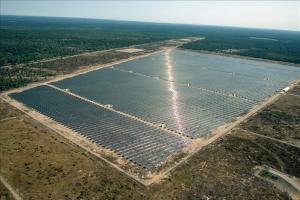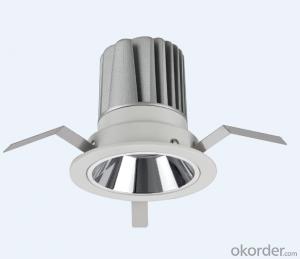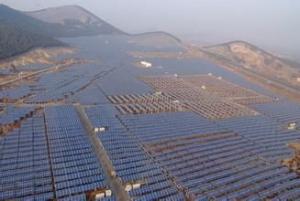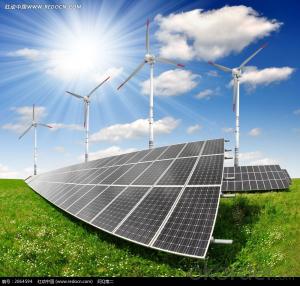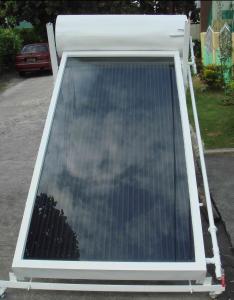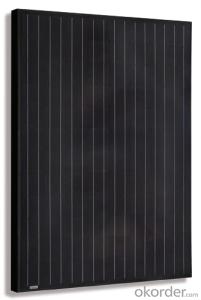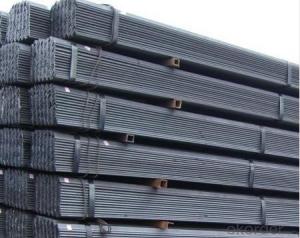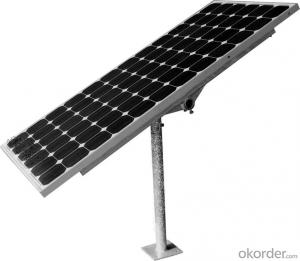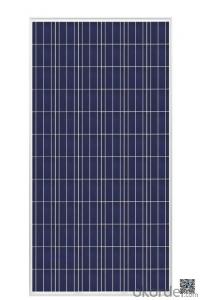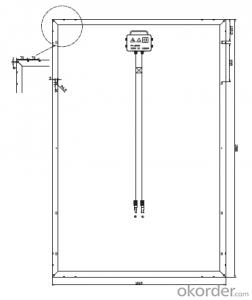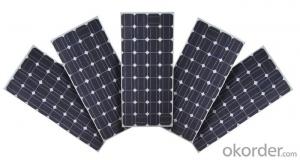Fs 275 Solar Module
Fs 275 Solar Module Related Searches
Bottom Solar Led Module Solar Light Module Solar Module Construction First Solar Series 6 Module Solar System Module Solar Power Management Module Solar Power Module Black Solar Module Bosch Solar Module C-Si M 60 Solar Battery Charger ModuleHot Searches
China Ac Module Solar Panel China Solar Ac Module China Solar Module Prices China Solar Module Solar Module China Ac Module Solar Panel Price Solar Inverter Panel Price Solar Panel Module Price Solar Module Wholesale Price Solar Module Price Per Watt First Solar Module Price Solar Module Price Increase Solar Module Price Solar Panel Inverter Size Solar Panel Module Size Solar Panel Inverter Suppliers Solar Panel Module Types Solar Inverter Solar Panel Tesla Solar Panel Inverter Solar Hot Water Collectors For SaleFs 275 Solar Module Supplier & Manufacturer from China
Okorder.com is a professional Fs 275 Solar Module supplier & manufacturer, offers integrated one-stop services including real-time quoting and online cargo tracking. We are funded by CNBM Group, a Fortune 500 enterprise and the largest Fs 275 Solar Module firm in China.Hot Products
FAQ
- Solar cells perform less efficiently in low-light conditions compared to bright sunlight. This is because they rely on the energy from photons in sunlight to generate electricity. In low-light conditions, such as on cloudy days or during sunrise and sunset, the number of photons reaching the solar cells decreases. As a result, the conversion of light energy into electrical energy is reduced, leading to lower power output. However, advancements in solar cell technology have improved their performance in low-light conditions, enabling them to generate some electricity even in dim lighting.
- Yes, solar cells can be used to power electric fences. Solar cells convert sunlight into electricity, which can then be stored in batteries or used directly to power electric devices such as electric fences. This allows for a sustainable and reliable source of power, especially in remote areas where grid connection may not be feasible.
- Solar cells perform differently in different geographical locations due to variations in sunlight intensity, duration, and angle of incidence. Geographical factors like latitude, climate, cloud cover, and air pollution affect the performance of solar cells. Regions closer to the equator generally receive more direct sunlight, resulting in higher energy generation. However, solar cells can still perform well in regions with less sunlight, as advancements in technology have improved their efficiency. Additionally, solar cells can be optimized for specific geographical locations by adjusting their tilt, orientation, and tracking systems to maximize energy production.
- Yes, solar cells can be used for powering medical devices. Solar cells can generate electricity from sunlight, which can then be used to power various types of medical devices such as portable medical monitors, insulin pumps, and even small surgical tools. This offers a sustainable and reliable source of energy, particularly in remote or resource-limited areas where access to electricity may be limited.
- Yes, solar cells can be used in telecommunications systems. Solar cells are capable of converting sunlight into electricity, which can power various telecommunications equipment such as base stations, repeaters, and remote monitoring systems. This allows for reliable and independent power supply in remote areas or during power outages, making solar cells an energy-efficient and sustainable solution for telecommunications systems.
- Yes, solar cells can be used to power electric boats. Solar panels can convert sunlight into electricity, which can then be used to charge the batteries of electric boats. This renewable energy source is clean, sustainable, and can help reduce carbon emissions from boating activities.
- Solar cells convert sunlight into electricity through a process called the photovoltaic effect. When sunlight hits the solar cell, the photons from the sunlight energize the electrons in the cell's semiconductor material, causing them to break free from their atoms. This creates an electric current, which can then be harnessed and used as electricity.
- Yes, solar cells can be used in remote areas without access to the grid. Solar cells, also known as photovoltaic cells, generate electricity from sunlight. They can be installed in remote areas to harness the sun's energy and provide power for various applications such as lighting, water pumping, and charging electronic devices. Solar cells are particularly suitable for off-grid locations as they operate independently of the traditional electric grid, making them a reliable and sustainable solution for remote areas.



